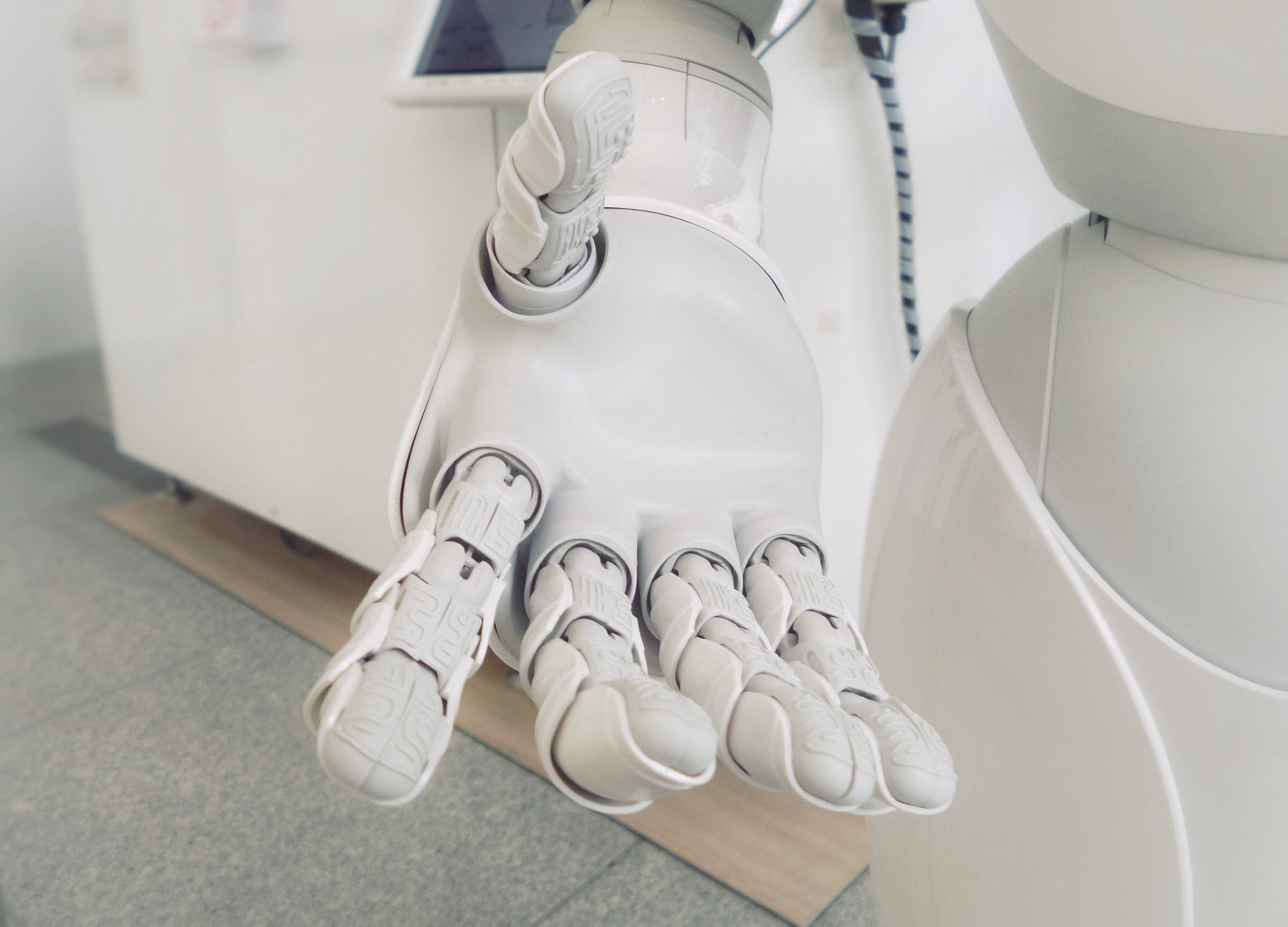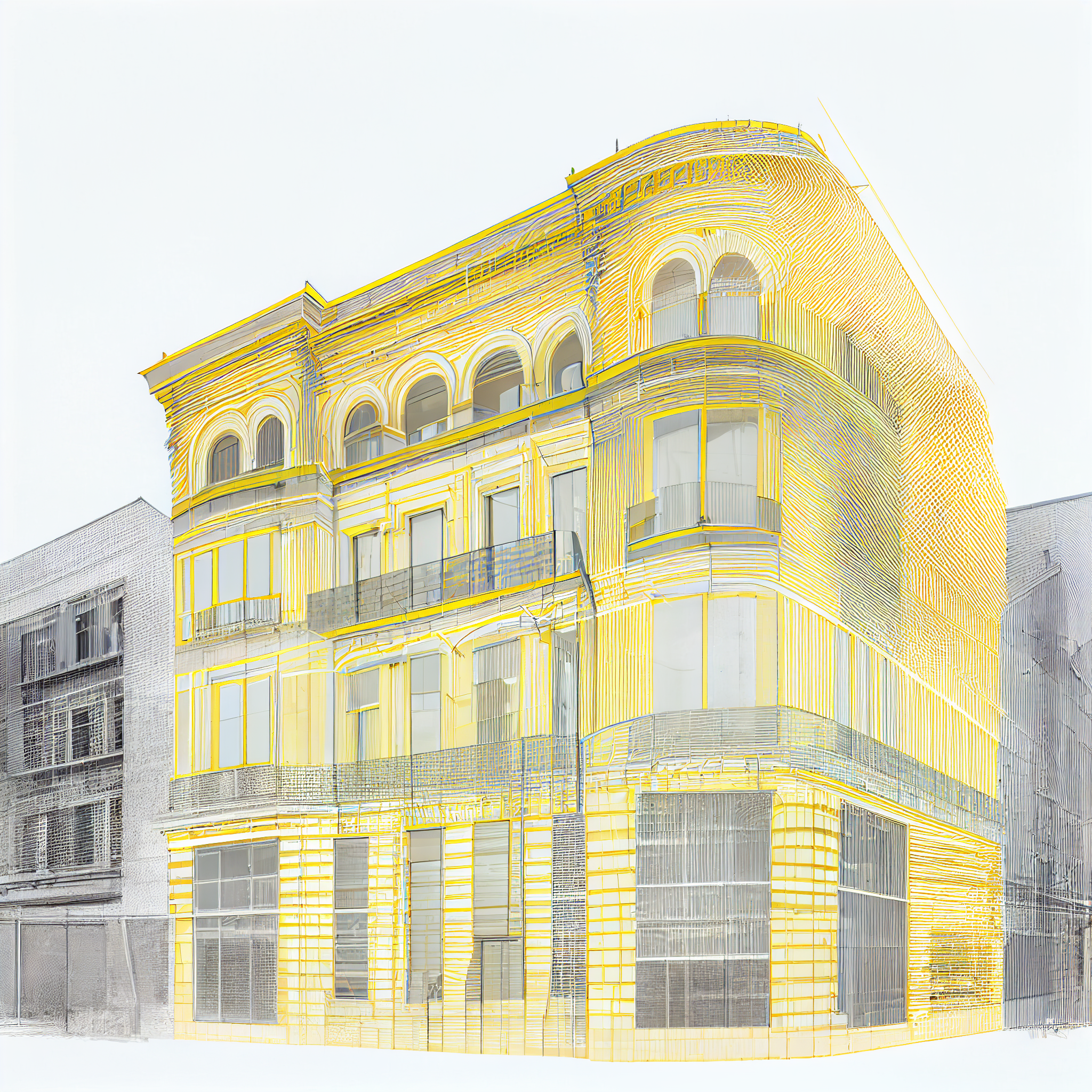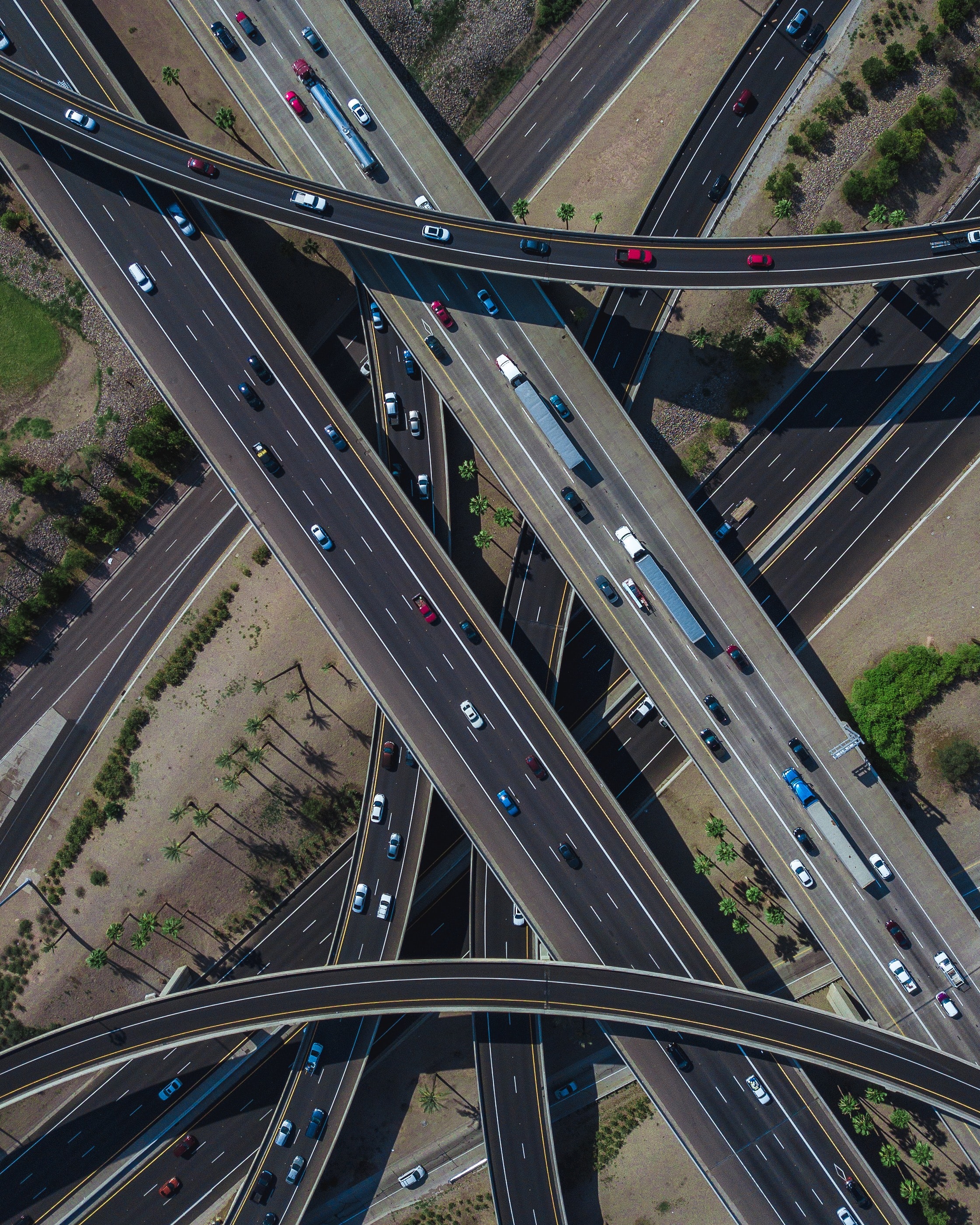
Robotic ImagingApril 7, 2023
The use of robots for construction is a growing trend. If you're looking for an easy way to speed up and improve the accuracy of your scan to BIM process, then using a robot could be a simple solution. It's not just about automating the scanning process though — if you want high-quality 3D data that can be processed quickly and easily into accurate BIM models, then you'll need to consider how much time it will take you to manually capture all of those points by hand
Robots are an easy way to speed up and improve the accuracy of your scan to BIM process. As you know, robots can be programmed to do specific tasks and perform repetitive tasks. They are also ideal for dangerous jobs, such as entering an unstable structure or moving heavy objects. In addition, there are several advantages that come with using a robot:
- They're easier to control than people, which means they will always do what you want them to do exactly when you tell them too
- There's no risk of injury or death associated with using a machine instead of a human worker (unless it malfunctions).
- Robots don't need breaks or days off either - they'll work 24/7 until the job is done!
How Can You Use a Robot for Your Project?
If you're interested in using a robot for your project, there are a few things to consider. First, what is the benefit of using a robot? Second, what are its limitations?
The biggest benefit of using a robot is that it can do repetitive tasks much faster than humans. For example, if you want to capture 360-degree photos of an area and then stitch them together into one large image—a process known as photogrammetry—it would take an hour for humans to complete this task. A drone walking through the site, equipped with cameras, could do it in minutes!
However, there is also one very big limitation when it comes to autonomous reality capture. Cost—Drones can be very expensive depending on their size and capabilities (e.g., camera quality). This means that most budgets don't allow for large fleets of drones; instead they must make do with just one or two units at most!
Suggested reading: If you want to learn more about drone's role in LiDAR Scanning, check out this article.
It's not just about automating the scanning process.
In addition to automating the scanning process, robots can be used for other things as well. For example, they can help improve the quality of your scans by automatically removing unwanted objects from your photographs. This can be done in two ways: either by using an algorithm that recognizes objects or by relying on a human operator who manually identifies them using computer vision techniques (the latter method is often referred to as "labeling").
Using labeling has its downsides—it takes a lot of time and effort—but it also has some major benefits over automated methods: it's more flexible because you don't need any special equipment; it's less likely to produce false positives than machine learning algorithms; and lastly but most importantly: humans are better at making decisions than computers!
The Future of Robotics in Construction
Robots are here to stay, and they will only become more common in construction. As the technology improves, it will get cheaper and more accessible for everyone.
Robots are already being used for many different applications and tasks within the industry, from digging holes to lifting heavy objects or moving them around on site. They can also be programmed with advanced algorithms that allow them to perform complex tasks such as measuring distances between objects without any human assistance whatsoever (in fact, you might have seen one of these robots in action if you've ever visited a construction site).
The future of robotics in construction is bright. The use of robots can help to increase accuracy, speed up the process and provide a more sustainable solution for building projects. They also allow you to work on multiple areas at once so there's no need for human intervention or supervision during the scanning process.

